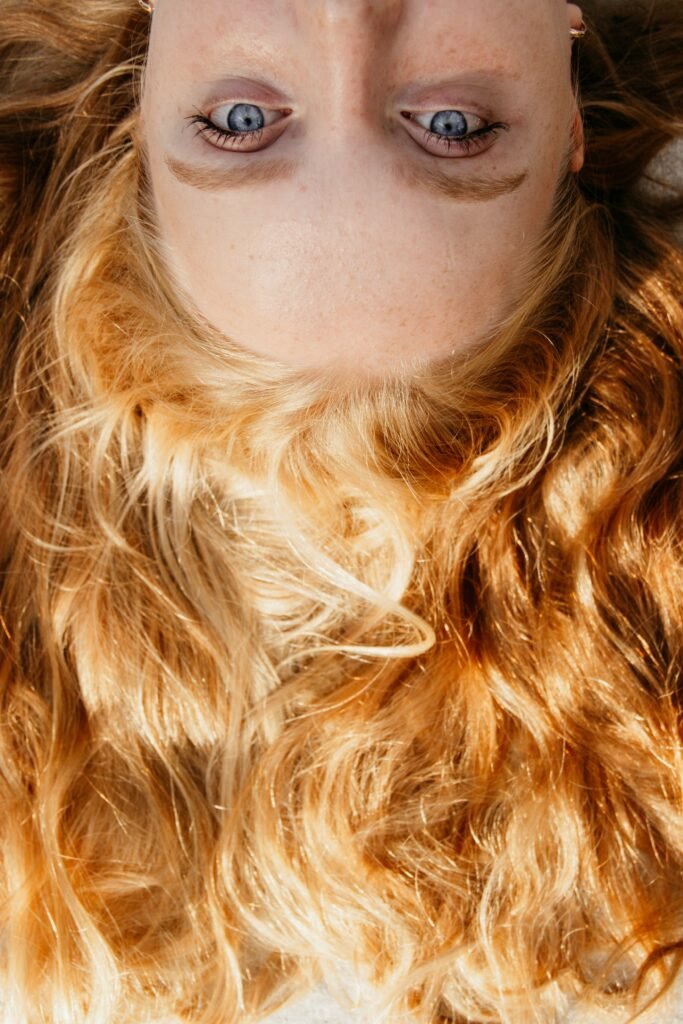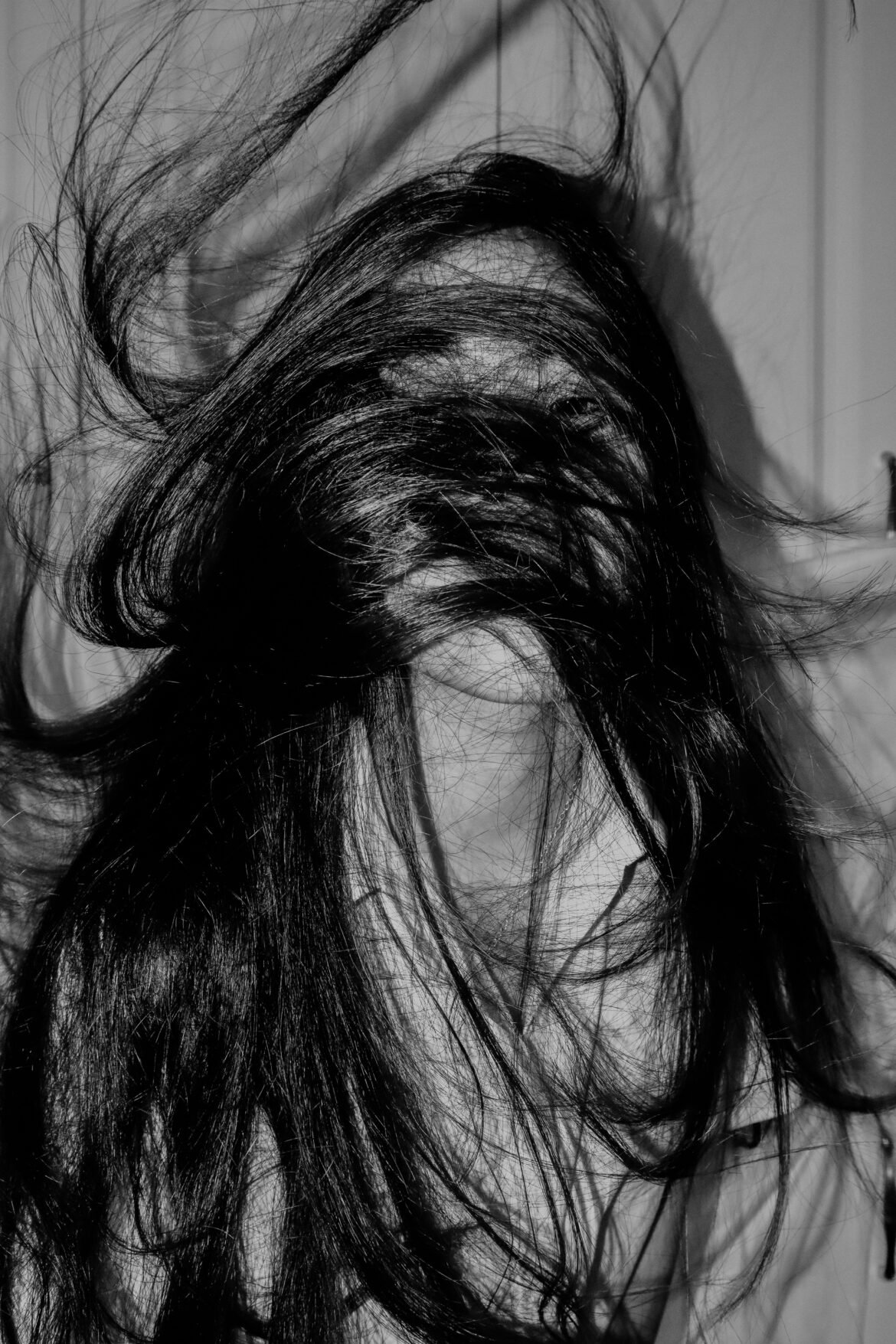How I Repaired My Hair Without Salon Treatments
The Journey to Hair Restoration
Hair damage feels personal in a way few other beauty struggles do. I still remember the day I ran my fingers through my ends and felt nothing but dryness and breakage. What used to be soft, shiny strands had turned brittle and lifeless, thanks to years of heat styling and one disastrous attempt at at-home coloring. When the light hit just right, my hair looked less like highlights and more like patchy straw.
Like most people, my first thought was: I need a salon. I even booked an appointment. But when I saw the price estimate—hundreds of dollars for a “repair package”—I froze. That was more than I could justify spending, and honestly, I wasn’t convinced a quick fix would give me lasting results. That’s when I decided to see if I could do it myself.
I started researching like crazy—scientific articles on hair structure, blogs from other women who had nursed their hair back to life, even home remedies passed down through family traditions. The more I read, the more I realized that salons weren’t using magic—they were using concentrated versions of ingredients most of us already have access to. Oils, proteins, acids to balance the scalp. The difference was consistency, technique, and patience.
So I rolled up my sleeves, stocked my kitchen with a few new basics, and turned my bathroom into what I jokingly called my “mini lab.” It wasn’t glamorous. Some mixtures smelled funny, others dripped down my back, and the results weren’t instant. But week by week, my hair started to bounce back. The dullness faded, my ends stopped snapping off, and one day my husband actually stopped mid-sentence to say, “Your hair looks… healthy again.” That’s when I knew I was onto something.
Today, my hair is stronger, shinier, and softer than it’s been in years—all without a single pricey salon treatment. And the best part? I now know exactly how to maintain it.

Why DIY Hair Repair Works
Here’s the truth about most professional treatments: they don’t heal your hair, they mask the damage. Silicones and coating agents make your strands look smoother, but the underlying structure is still weak. With consistent, targeted treatments at home, you can actually give your hair what it needs to rebuild and stay healthy.
The key lies in balance: hair is made of protein (keratin), but it also needs moisture to stay flexible. Too much protein? Your hair feels stiff. Too much moisture? It feels mushy and limp. The system I developed alternates between protein treatments (to strengthen) and moisture masks (to soften and protect). Combined with scalp care and eliminating damaging habits, it creates real, lasting change.
And the best part? Everything I use is affordable and accessible.
My Family’s Reaction
At first, my husband thought I’d lost it. He’d walk into the kitchen to find me blending avocado with honey or heating up olive oil, shaking his head with a smile. “You know salons exist for a reason, right?” he’d tease.
But about six weeks in, even he had to admit something had changed. My hair looked shinier, my curls were defined again, and I no longer spent ten minutes trying to hide frizz before we left the house. He started picking up bottles of apple cider vinegar when he went grocery shopping, “just in case you’re running low.”
Soon after, my sister called during a video chat and asked what I’d done differently. My mom wanted the recipe for my “magic mask.” Even my teenage niece, who’d fried her hair bleaching it blonde, asked me to make her a batch. What began as a desperate experiment slowly turned into a family ritual—we even joke about our “Sunday kitchen salon sessions.”
What You Need for At-Home Hair Repair
Here are the basics I keep stocked now:
- Protein sources: plain gelatin, eggs, or hydrolyzed protein powder
- Moisture boosters: aloe vera gel, honey, glycerin
- Oils: olive oil, jojoba, or coconut oil (if you’re not sensitive)
- Balancers: apple cider vinegar or lemon juice
- Herbs: rosemary or nettle tea for scalp rinses
- Tools: wide-tooth comb, spray bottle, shower cap, microfiber towel
The beauty of this system is that you can mix and match based on what your hair needs most.
My DIY Hair Repair Routine
1. Detox the buildup
Before starting, I had to strip away all the silicones and waxes that were suffocating my hair. I mixed a tablespoon of baking soda with apple cider vinegar and water, massaged it in, left it for a few minutes, and rinsed with cool water. My hair immediately felt lighter.
2. Protein treatment (every other week)
I mixed one tablespoon of plain gelatin with warm water and a splash of apple cider vinegar. After applying it evenly to clean, damp hair, I covered it with a shower cap for 20 minutes. This gave my hair the building blocks it needed without overloading it.
3. Deep moisture mask (weekly)
My go-to: half an avocado, two tablespoons olive oil, and a spoon of honey, blended until smooth. I’d apply it generously, cover with a cap, and wrap my head in a warm towel. After rinsing, my hair felt soft and springy.
4. Daily/weekly habits
- Only sulfate-free shampoos and silicone-free conditioners.
- A cold rinse at the end of every shower to seal the cuticle.
- Microfiber towels instead of rough terrycloth.
- Zero heat styling for at least two months.
Tips I Learned Along the Way
- Patience is key. You won’t see miracle results overnight. Take weekly photos to notice progress.
- Cool water is your friend. It keeps the cuticle flat and boosts shine.
- Consistency beats intensity. A $5 mask used weekly will do more than a $100 salon treatment done once.
- Protein balance matters. Too much will make hair stiff; alternate with moisture masks.
- Protect your hair outside. Sun and wind damage too—scarves, hats, or UV sprays help.
Substitutions and Variations
- Protein-sensitive hair? Try rice water rinses instead of gelatin. They’re gentler but still effective.
- No coconut oil? Swap for jojoba or argan oil—they mimic natural scalp oils.
- Very damaged ends? Overnight oil masks (olive or avocado oil) can work wonders.
- Sensitive scalp? Skip fragrances and essential oils; keep your blends simple.
Why This Works Better Than Quick Fixes
Salon treatments can be great for a temporary boost, but they’re often band-aids. My routine doesn’t just disguise damage—it helps hair actually strengthen over time. By alternating protein and moisture, supporting scalp health, and cutting out harsh habits, I gave my hair the space and nourishment it needed to recover.
It also changed my mindset. Instead of relying on expensive products, I learned how to really listen to my hair—when it needed protein, when it needed softness, when it just needed me to put down the flat iron. That awareness has saved me from future disasters.
Final Thoughts
If you’re staring at damaged, lifeless hair right now, I promise there’s hope. You don’t need to spend hundreds at a salon. With patience, the right ingredients, and a little consistency, you can bring your hair back to life at home.
What started as me trying to save money became something much bigger: I not only repaired my hair, but I built a healthier relationship with it. Now, instead of fighting against my strands, I work with them—and the results speak for themselves.
Healthy hair is possible, even after damage. Sometimes, all it takes is stepping into your kitchen instead of the salon.

Frequently Asked Questions For DIY Hair Restoration
How long does it take to see results from natural hair treatments?
Most people notice improved texture and manageability within 2-3 weeks of consistent treatment. Significant structural improvement typically becomes visible around the 6-week mark, with continued enhancement over 3-6 months of regular care.
Can these methods repair chemically damaged hair?
Yes, these methods can significantly improve chemically damaged hair by restoring protein structure and moisture balance. However, severely damaged sections may need to be trimmed as some chemical damage, particularly from lightening processes, can be permanent.
How often should I apply protein treatments?
For moderately damaged hair, apply protein treatments every 2-3 weeks. Over-application can cause brittleness and breakage. Always follow protein treatments with moisture to maintain proper balance.
Will these treatments work for all hair types?
Yes, but with adjustments. Coily and highly textured hair typically requires more frequent moisture treatments and less frequent protein. Straight, fine hair may need lighter applications of oil-based treatments to prevent weighing down.
Can I color my hair during the restoration process?
It’s best to avoid chemical coloring during intensive restoration. If color is necessary, use demi-permanent options rather than permanent color or bleach, and wait at least 8 weeks into your restoration journey.
Is it normal for hair to feel worse before it gets better?
Sometimes. The detox phase can temporarily make hair feel drier or more tangled as product buildup is removed. This typically resolves within 1-2 weeks as natural treatments begin to work.
How do I maintain results after restoration?
Continue using sulfate-free cleansers, avoid silicones, minimize heat styling, and incorporate monthly maintenance treatments. Regular trims (every 8-12 weeks) help prevent damage from traveling up the hair shaft.
Can I swim in chlorinated pools during hair restoration?
Yes, but take precautions. Wet hair thoroughly with non-chlorinated water before swimming, apply a layer of conditioner, and wear a swim cap. Immediately afterward, cleanse with a chelating treatment to remove chlorine.
Do I need to change my diet for better hair health?
While these external treatments are effective, internal nutrition significantly impacts new hair growth. Ensure adequate protein intake and consider supplements containing biotin, zinc, and omega-3 fatty acids if deficient.
Why is my hair breaking even with these treatments?
Continued breakage during treatment could indicate mechanical damage from brushing wet hair, sleeping on rough fabrics, or using elastics that grab hair. Examine your full hair routine for potential sources of physical damage.
Are these treatments safe for color-treated hair?
Most are safe, though acidic treatments like apple cider vinegar can slightly fade some dyes. For color-treated hair, use more neutral pH treatments and focus on moisture-based restoration rather than clarifying treatments.
How do natural treatments compare to salon keratin treatments?
Natural treatments gradually rebuild hair’s structure without chemical bonding agents or formaldehyde. While salon treatments may provide more immediate visual results, home methods offer progressive improvement without potential long-term damage from harsh chemicals.

